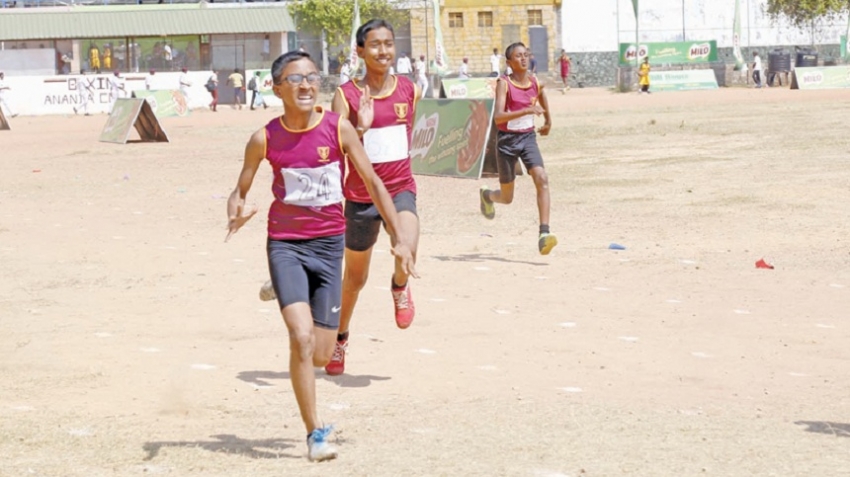Participation in sport has many physical, psychological and social benefits for the child athlete. A growing body of evidence indicates, however, that sport participation may have inherent threats for the child’s well-being. The subject of safeguarding children in sport has seen an increase in scientific study in recent years. In particular, there is increasing emphasis on identifying who is involved in abuse, the context of where it occurs and the identification of the various forms of abuse that take place in the sporting domain. This piece offers advice on how to coach sports differently.
Athletic coaches play an extremely influential and unique role in the lives of young men, often serving as a parent or mentor to the boys they coach. Because of these special relationships, coaches are uniquely poised to positively influence how young men think and behave both on, and off, the field.
Last week a video surfaced on social media of boys being slapped several times by a well-known coach Rugby coach during a practice session. Slapping of the type seen or rank filth as abuse directed at boys in sports and at times girls too is not unknown in sporting circles in the country. Some defend such practices as what is needed in sports such as Rugby.
The 2008 International Olympic Committee (IOC) Consensus Statement on Training the Elite Child Athlete states “The entire sports process for the elite child athlete should be pleasurable and fulfilling. “Despite the many potential positive health and social benefits for child athletes in a healthy sporting environment, sport participation may have inherent underlying threats or dangers in an unhealthy sport culture where abuse and harassment occur.
The IOC has developed two documents which illustrate the rationale for athlete protection in sport. The Olympic Charter (2013), which outlines the key principles of Olympism, discusses the role of the IOC in protecting the health of the athlete and acting against any form of discrimination. The second document is the Olympic Movement Medical Code (2009) which underscores that all stakeholders “should take care that sport is practiced without danger to the health of the athletes and with respect for fair play and sports ethics … (and should take) measures necessary to protect the health of participants and to minimize the risks of physical injury and psychological harm.”
Review of the scientific literature on child protection in sport
Research has demonstrated that anyone can be a perpetrator of violence in sport including coaches, parents and peers. Traditionally, research focused on the coach as the perpetrator and the athlete as the victim. Recent research has revealed that in a significant number of cases the perpetrator is a peer athlete. Indeed, for some forms of violence, such as bullying and hazing, peers are most often the perpetrators.
th respect to the child athlete in particular, the Olympic Movement Medical Code addresses the unique characteristics of the child athlete who, unlike the adult athlete, has variable stages of growth, maturation and psychosocial development which pose distinct physical, psychological and social health risks if not respected in the sport context.
Setting goals is a powerful motivator in sports performance. Goals give individual players and sports teams targets and numbers to strive for, and they can also be used as a measuring stick to monitor progress. Goals should be agreed upon between a coach and player and revisited as the competitive season progresses.
Task-oriented goals
An example of a task-oriented goal would be for a soccer player to set the target of mastering five different moves to beat a defender within two months.
Ego-oriented goals
Also referred to as performance-oriented goals, an ego-oriented goal will focus on results produced, such as number of goals scored or games won.
Individually-oriented goals
Individual sports such as tennis and athletics require an individual to motivate themselves with a range of task- and ego-oriented goals. It is also important in team sports that individuals motivate themselves with their own personal goals and incorporate them within team goals. An example of this is a hockey goalkeeper who sets the goal of making 10 saves a game or achieving 10 shutouts in a season.
Team-oriented goals
Sports teams should set a range of goals that are both task- and ego-oriented to help their sports performance. It is beneficial if a sports team does not get caught up purely in wins and losses. External factors such as weather and refereeing can at times impact results, so it is preferable to focus on the overall performance. While including results, it is beneficial to set a range of goals for a season.




















